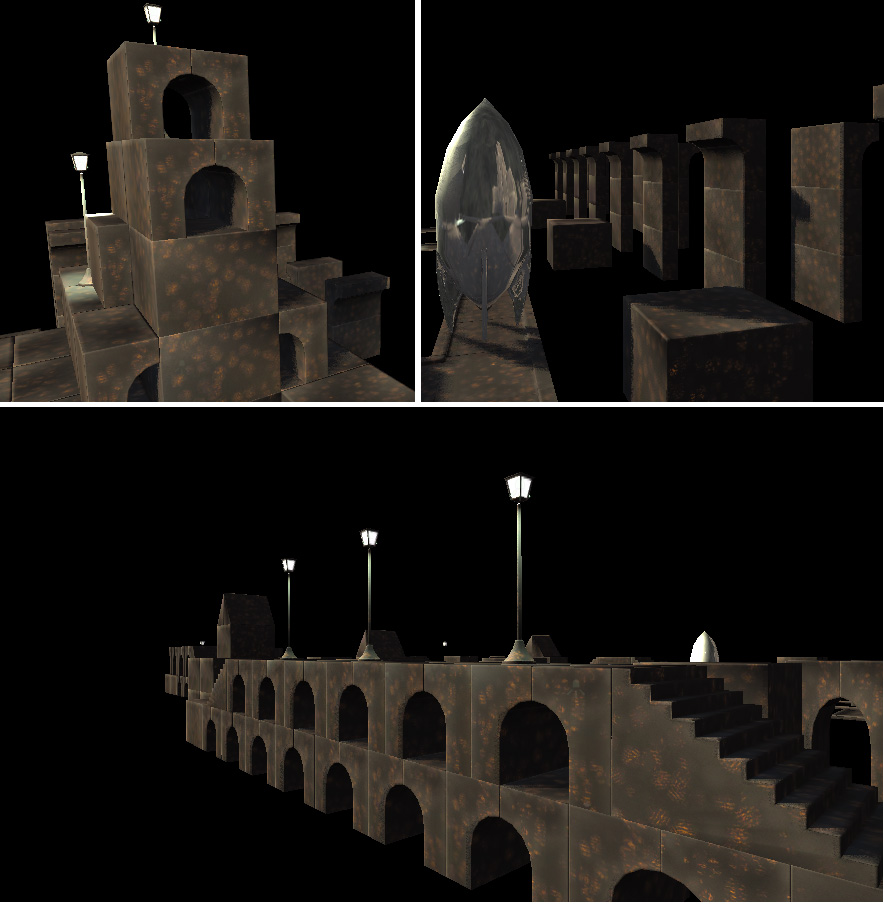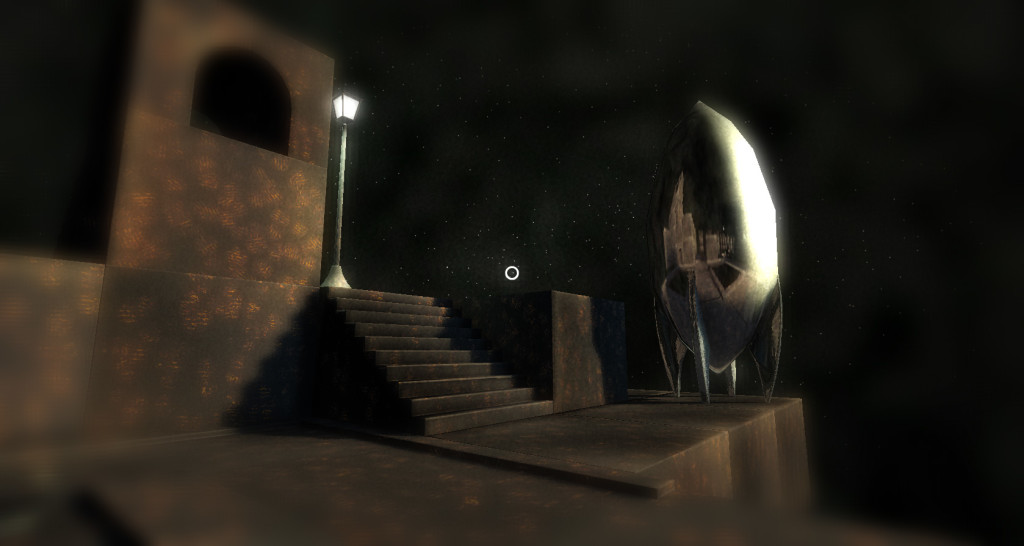So Marie and I had come up with several approaches that might work for a game jam… all we needed to do then, was wait for the theme announcement and come up with an appropriate game idea that fit both the theme and one of our chosen genres.
The theme was ‘What do we do now?’.
I was not feeling particularly inspired by this theme.
Luckily Marie was coming up with story ideas so quickly I could hardly keep track of her:
- A driving sim where you were tweeting about events happening outside the car, while simultaneously trying to maintain control of your vehicle, a commentary on what we, modern society, do now.
- A Myst style puzzler where the world is destroyed by aliens and you have to collect artifacts from your lost civilization, using your own journal entries as a guide to finding collectibles.
- A platformer where you play a tin soldier and ballerina doll who get fused together.
- A post-apocalyptic platformer where you’re a Cleveland steel worker.
- A dating sim that starts after a video game hero has rescued a princess and realizes the princess just isn’t into him.
I found #1 a bit mean-spirited for my tastes. #3 and #4 would have involved character modeling and animation, which I wasn’t at all confident I could do in the time we had. So after much debate, we decided on the Myst puzzler, since it seemed to have the most interesting narrative possibilities and best distribution of labor. We would go with a hybrid of our pre-selected genres: it would be Myst-like, with journals written by Marie, but instead of having me do all the level assembly, we’d do it tile-based. So I could make generic building blocks and Marie could assemble them.
Blocks!
I started modeling blocks immediately.
Like our test project, my goal was just to get some basic shapes out quickly, so Marie could get started on level design as soon as possible. I did the large cube and stairs seen above, plus some flat ‘street’ pieces. Then I moved on to texturing, and Marie started placing blocks in her level, which was a bit sloggy.
Thing is, I was looking at all this the wrong way.
I was thinking in terms like, what are the most generic, useful pieces I can make? when I should have been asking myself, what sorts of things will Marie find fun and exciting? The thing with blocks is, blocks are for playing with. For exploring ideas. They’re not just generic pixels, and they shouldn’t be overly specific, either.
Later in the game jam, Marie asked for a half-arch piece, and once I made that, she was much more excited about level design. It was a fun piece to play with. It added tons of interest to scenes. And Marie was able to use the arch piece in ways that I wouldn’t have expected: in building details, broken bridges and this one really cool aquaduct-like structure.
Texturing
I was very nervous about texturing because, as a post-alien-invasion Earth, you’d expect lots and lots of junk. Rubble. Rebar sticking out of things. I had no idea how I was going to do this. But I started out trying to make some realistic asphalt and concrete textures for my street tiles.
It was kind of boring work, and people walking by seeing what I was doing didn’t exactly find it exciting.
And then I realized that it didn’t have to be realistic. I could make blocks that expressed a feeling of a burned-out city, without being a burned out city.
What I ended up doing was using the same, totally procedural texture on every single building block, a sort of glowing wood-embers texture. This turned out to be a great idea. It gave the game unique look, while simultaneously reducing the amount of work I had to do.
Overall
I’d say the whole building blocks thing worked well — once we had the right building blocks. And on future projects, whether I’m working with someone else or on my own, I think it’s good to remember that sometimes it’s best to make building blocks without thinking too much about how they’ll be used — sometimes, the way they can be used can surprise you.



One thought on “Global Game Jam 2015 Postmortem, Part 2: Building Blocks”
Comments are closed.